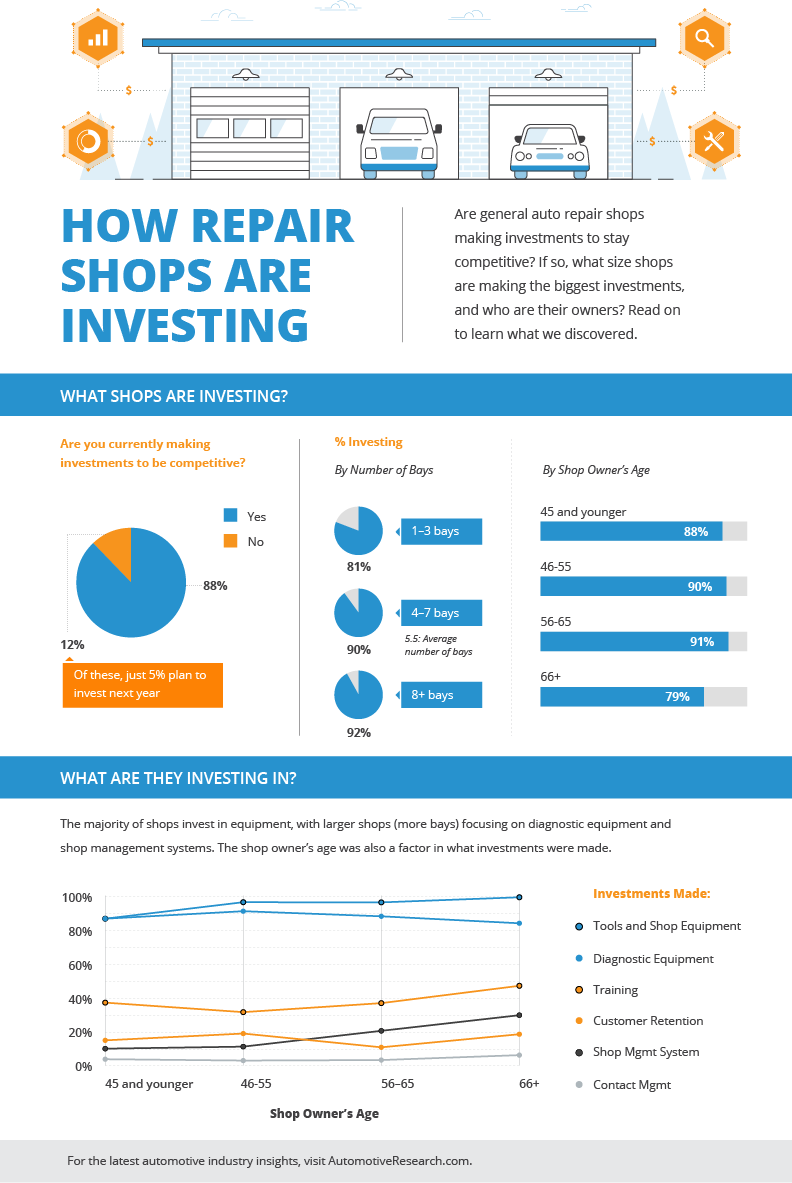Wondering Regarding The Definition Behind Those Control Panel Warning Lights? Gain Understandings Right Into Their Implications For Your Car'S Safety And Security And Maintenance
Wondering Regarding The Definition Behind Those Control Panel Warning Lights? Gain Understandings Right Into Their Implications For Your Car'S Safety And Security And Maintenance
Blog Article
see this page -Samuelsen Torres
When you're behind the wheel, those radiant caution lights on your dashboard can be a little bit difficult. Do you understand what they're attempting to tell you concerning your car's wellness? Recognizing the importance of these lights is essential for your safety and security and the long life of your lorry. So, the following time among those lights turns up, wouldn't you intend to analyze its message precisely and take the essential steps to address it?
Common Warning Lighting and Interpretations
Identify usual warning lights in your cars and truck and comprehend their definitions to guarantee risk-free driving.
One of the most common caution lights consist of the check engine light, which signifies issues with the engine or discharges system. If this light comes on, it's essential to have your car checked immediately.
The oil pressure advising light indicates low oil pressure, requiring instant focus to stop engine damage.
A blinking battery light could recommend a malfunctioning charging system, possibly leaving you stranded otherwise attended to.
The tire pressure tracking system (TPMS) light informs you to reduced tire pressure, affecting vehicle stability and fuel efficiency. Neglecting this might lead to dangerous driving conditions.
The abdominal light suggests a problem with the anti-lock stopping system, endangering your capability to stop rapidly in emergency situations.
Lastly, the coolant temperature cautioning light warns of engine getting too hot, which can result in extreme damage if not fixed swiftly.
Understanding these usual warning lights will help you deal with concerns promptly and keep safe driving problems.
Importance of Prompt Interest
Recognizing the common caution lights in your cars and truck is only the very first step; the importance of immediately dealing with these cautions can not be stressed enough to ensure your security on the road.
When a caution light illuminates on your dashboard, it's your automobile's method of connecting a potential problem that needs interest. Disregarding these cautions can bring about more serious problems later on, jeopardizing your safety and security and possibly costing you much more in repairs.
Prompt focus to alerting lights can stop failures and accidents. As an example, a blinking check engine light can show a misfire that, if left ignored, might create damage to the catalytic converter. Addressing this without delay can conserve you from an expensive repair work.
Likewise, a brake system cautioning light could signify low brake fluid or worn brake pads, critical components for your safety when driving.
Do It Yourself Troubleshooting Tips
If you observe a warning light on your dashboard, there are a few do it yourself fixing tips you can attempt before looking for expert aid.
The very first step is to consult your cars and truck's handbook to recognize what the specific caution light indicates. Occasionally the issue can be as easy as a loose gas cap triggering the check engine light. Tightening up the gas cap might resolve the issue.
Another common issue is a reduced battery, which can activate numerous cautioning lights. Examining the battery connections for corrosion and ensuring they're protected could take care of the trouble.
If a caution light lingers, you can try resetting it by detaching the auto's battery for a few minutes and then reconnecting it. In addition, checking your automobile's liquid degrees, such as oil, coolant, and brake fluid, can aid troubleshoot advising lights associated with these systems.
Final thought
Finally, comprehending your auto's caution lights is crucial for maintaining your vehicle running smoothly and securely. By immediately dealing with these notifies and understanding what they imply, you can avoid expensive repairs and prospective failures.
Remember to consult your vehicle's guidebook for particular information on each warning light and take action accordingly to ensure a hassle-free driving experience.
Keep informed, remain Recommended Resource site -free on the road!
